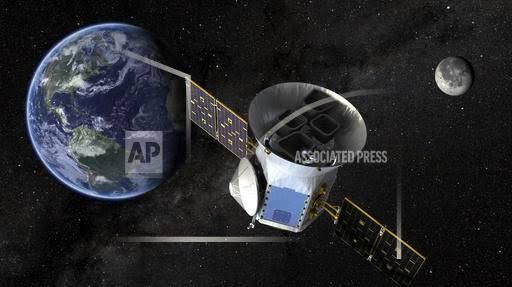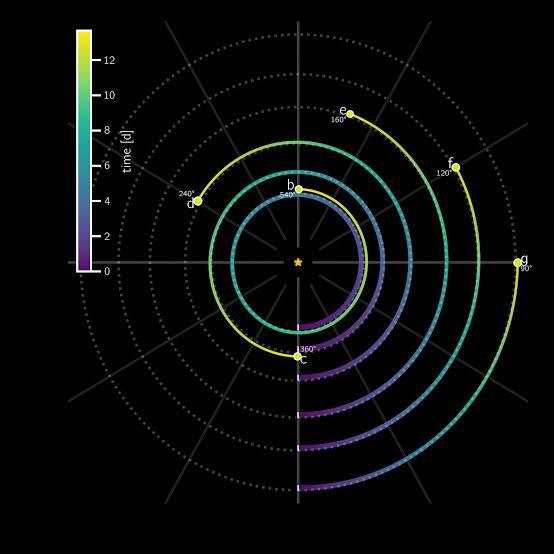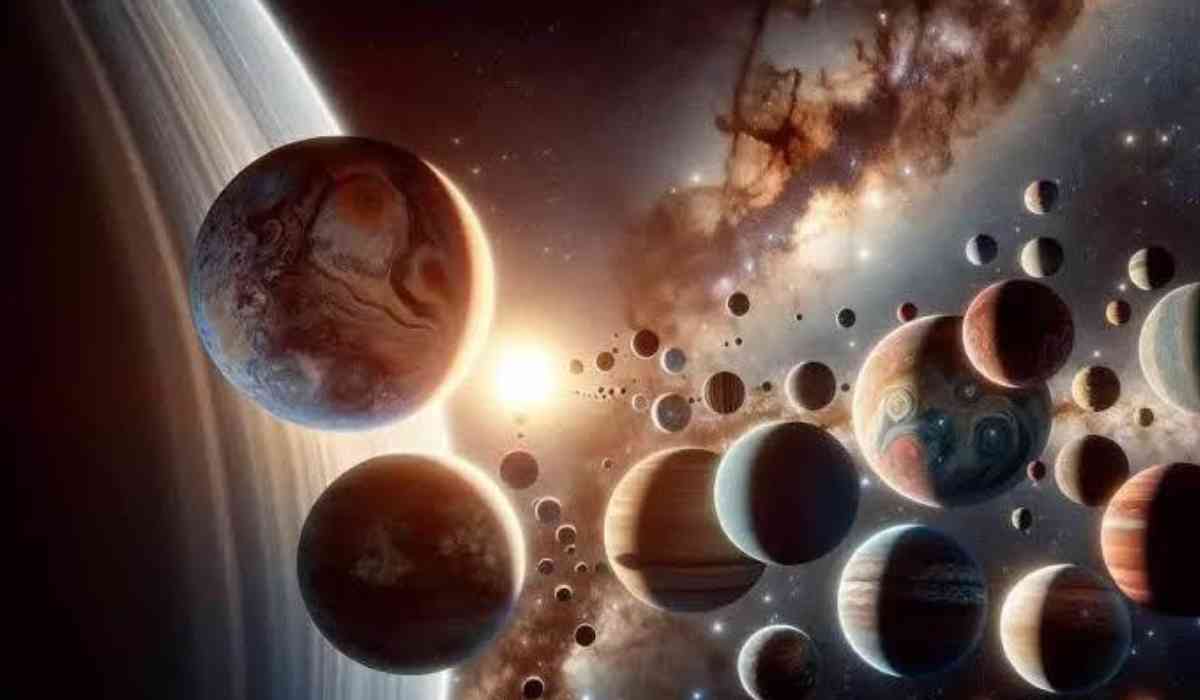In a Wednesday Paper published in the Journal Nature, Researchers detailed a discovery of a rare and unique star system in a milky way situated 100 light-years away from Earth in northern Coma Berenices constellation, where six planets were unveiled to be orbiting in a precise resonance like a synchronised dance around their luminous central star HD110067, undisturbed since their origin billions of years ago.
This unique gravitational harmony provides scientists with a rare opportunity to track the development of these planets from their initial formation, and can prove to be quite crucial in shedding light on the origins of our current solar system.
This collaborative effort between NASA's Tess and the European Space Agency's Cheops and their observations offer a unique opportunity to understand the evolution of planetary systems. To understand these planets, data from 12 telescopes, including NASA's Transiting Exoplanet Survey Satellite, was used. In 2020, this satellite first spotted the planets passing in front of their host star. Later observations with the European Space Agency's Characterizing Exoplanet Satellite helped figure out how the planets' orbits relate to each other.

Photo: AP
University of Chicago scientist Rafael Luque spearheaded the analysis, detailed in a Nov. 29 publication in Nature, compared the discovery to finding a fossil. He highlighted that the planets' orbits today are the same as they were a billion years ago. Scientists believe that when planets first form, their orbits match up around a star. This means one planet's journey around the star might be exactly twice or three times as long as another planet's orbit.
According to Luque, this discovery will serve as a foundational system for investigating the formation, evolution, composition, and potential habitability of sub-Neptunes, the prevalent planets beyond our solar system.
Orbital Resonance: Rare Phenomenon
Orbital resonances like the recently discovered star system where all six planets display synchronised alignment, are exceptionally rare in the Milky Way, A rare phenomenon Dr. Luque terms as "the 1 percent of the 1 percent."
Typically, external events, such as close encounters with other stars, the emergence of massive planets like Jupiter, or impactful space collisions, disrupt the gravitational balance, causing planetary orbits to fall out of sync.Anticipation of many multi-planet systems, while not currently in resonance, might have been in the past has increased. This evolving chaos makes it difficult to mathematically understand the intricate evolution of planetary orbits.
More about the discovered Star system
Within this star system, the four inner planets synchronise in a 3/2 resonance, completing three orbits for every two of their neighbouring planets. Meanwhile, the outermost pair synchronises in a 4/3 resonance, with four orbits for every three of the adjacent planet.
The innermost planet accomplishes a full orbit every nine days, precisely making three revolutions as the second planet completes exactly two. This ratio persists consistently between the periods of the second and third planets, as well as the third and fourth. In contrast, the final two pairs follow a different ratio, where four orbits of the inner planet correspond precisely to three orbits of the outer planet.

The researchers' measurement of these period ratios attests to the remarkable precision underlying their investigative efforts, expressed by Renu Malhotra, a planetary scientist at the University of Arizona not involved in the study.
The planets in this system, varying in size from Earth to Neptune, represent some of the most widespread types in the galaxy. The brightness of the system's host star allows for continuous observations using ground-based telescopes in the foreseeable future. Gathering additional data will empower astronomers to more accurately determine the masses, sizes, and distinctive compositions of these planets, offering a closer examination of their interiors and atmospheres, distinct from Earth.
Dr. Malhotra points out that this information can help us understand the conditions on planets that might support life. Exploring this system could also give us insights into how our solar system was originally arranged and what forces disrupted its planets' orbits. Dr. Luque stresses the importance of studying a system that hasn't been disturbed, highlighting the key to understanding why most systems, like those in our solar system, didn' maintain such resonances.
©️ Copyright 2023. All Rights Reserved Powered by Vygr Media.
























